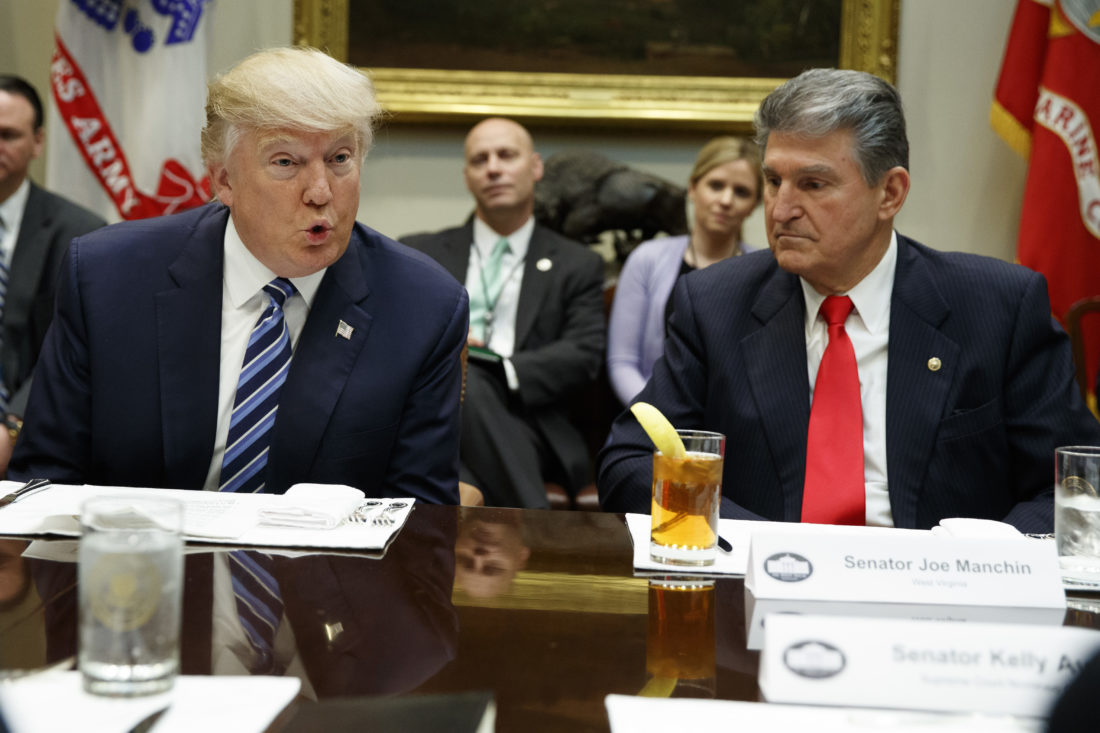|
The other night, the conscientious Chris Hayes did a documentary from West Virginia, with the impassioned Sen. Bernie Sanders.
I couldn’t watch. The state already voted for the poseur, Donald Trump, last November by roughly 68 to 26 per cent over Hillary Clinton. It’s all so familiar. Living in Kentucky, I covered Appalachia for the Times from 1970 through 1972 and remained in close touch for many years afterward. I saw bodies fished out of Buffalo Creek after an earthen coal dam gave way. I saw the crusading Doc Rasmussen going to hearings with an autopsy slide demonstrating Black Lung. I covered a few coal-mine disasters and the Harlan strike of 1974, so grippingly captured by Barbara Kopple. So long ago. So courant. The only thing that has changed is that we know more. Technology has gotten better – and worse. Coal companies can push more detritus downhill into the streams and gardens of their own people and scientists can measure the damage to air and water and lungs more carefully. When I covered West Virginia, Rep. Ken Hechler was the Bernie of his day, speaking out against corruption and pollution. (Hechler passed recently at 102.) A miner named Arnold Ray Miller tromped around to speak against corruption in his union – and was elected president in 1972. There was often hope of change, of throwing out the rascals and the big-city corporations, but decades have gone by, and good people still want to work, and young people have no hope and are resorting to killer opioids pushed on them by the same kind of doctors who said coal dust was good for the common cold. Every reliable study says there is no future, no justification, for digging and burning coal, yet frauds like Mitch McConnell of Kentucky and Big Joe Manchin of West Virginia, who calls himself a Democrat, bow down to their masters from Big Coal. It is pathetic. The decency and the religion and the patriotism of people from West-by-God-Virginia make them susceptible to all kinds of drugs – crooked politicians, phony prophets of economic success. Hillary Clinton, in her own artless way, told people that coal mines would be shut down. So they voted against her. Of course, Sanders had won the Democratic primary in West Virginia, proving that people of that state are terribly bifurcated, at their own expense. One of the first things Trump did to Appalachia was to remove barriers to dumping waste into the valleys where people live. And Big Joe shook Trump’s hand after his first speech to Congress. My wife and daughter Laura (who used to cover rascals in Pennsylvania) told me the MSNBC program was terrific. Now it seems people in McDowell County are speaking up for health care and even Big Joe Manchin is getting the message that you can sell out your own state just so long. God bless Bernie Sanders and Chris Hayes and West Virginia, but I just couldn’t watch.
Ed Martin
3/19/2017 12:20:48 pm
On target, GV. I read very selectively, nothing directly by "d.t." Or his propagandists and ventriloquists. I watch for events, not words. I almost did not read your post, but glad I did. "Wait 'till next year!"
Hansen Alexander
3/23/2017 12:08:25 pm
George, 5/20/2017 04:36:43 am
this blog has very interesting content which we should read and share with other friends because I hope every one will like this blog of essay writing service. Thanks for writer who shared it with other people and I request him to share such more blogs for awareness of people. 5/20/2017 04:39:10 am
this blog has very interesting content which we should read and share with other friends because I hope every one will like this blog of essay writing service. Thanks for writer who shared it with other people and I request him to share such more blogs for awareness of people. Comments are closed.
|
Categories
All
|











